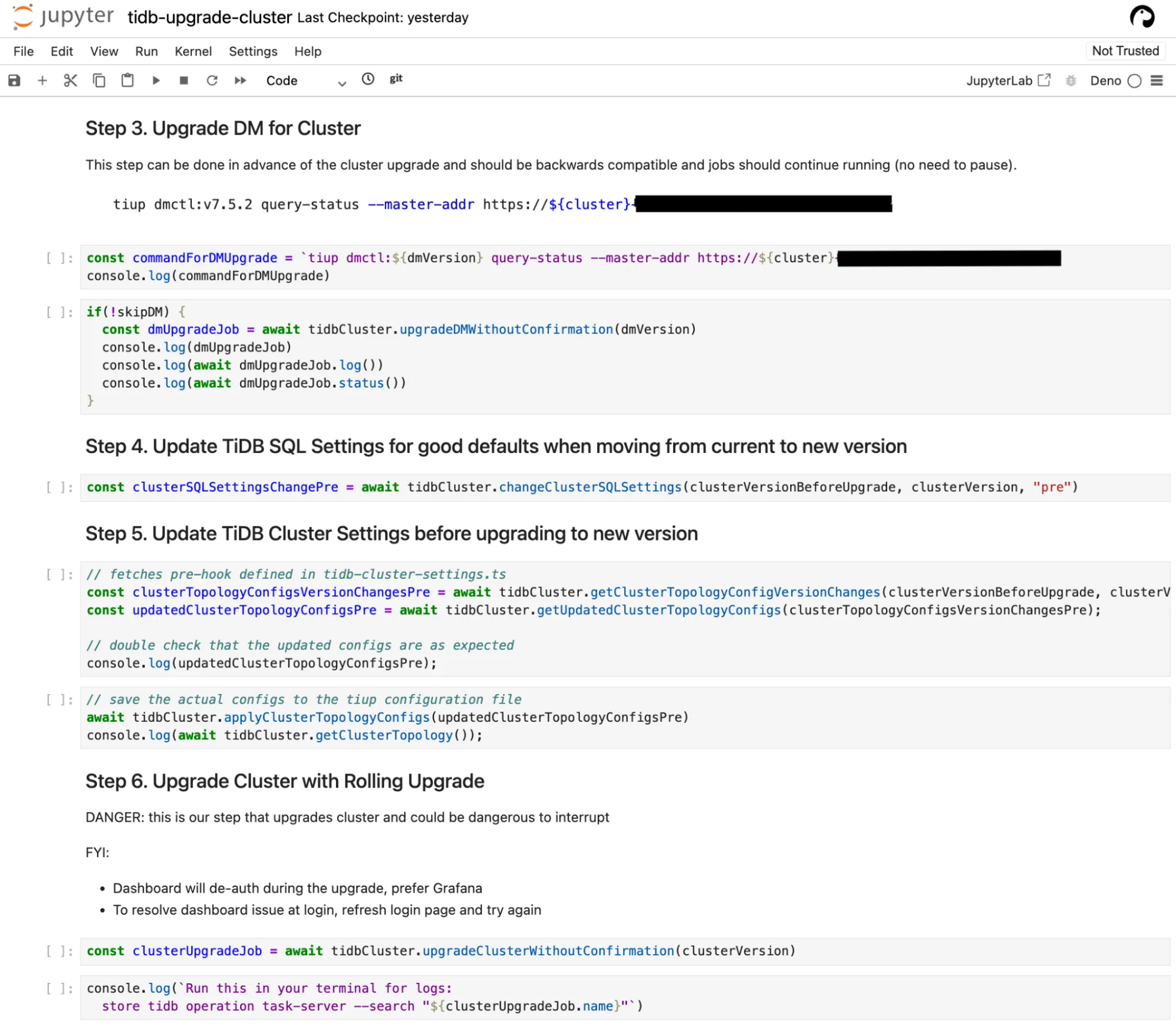Key stats:
- 5xexecution speed improvement
- 60 secondsdowntime, down from 5 minutes
Migrating from a legacy database infrastructure is a massive technical feat, especially when hundreds of services, terabytes of data, and 99.99% uptime are on the line. At Plaid, Deno-powered automation helped slash cutover timelines from weeks to days, accelerating a mission-critical transition at industry-leading speed.
The Challenge
Plaid is a world-class financial services platform, offering APIs that power thousands of fintech companies around the world. In early 2023, they kicked off a company-wide effort to modernize its primary relational data platform. With AWS Aurora MySQL approaching end-of-life and showing clear limitations around scalability, reliability, and developer velocity, the Storage Team faced the monumental task of migrating dozens of critical services—each with high uptime requirements and complex data footprints. They needed a path forward that would scale with Plaid’s growth while avoiding the operational drag of legacy systems.
While Plaid selected TiDB as its next database platform, the migration itself presented a massive engineering challenge: needing to migrate 100 services, handling 400k queries per second and dozens of terabytes of data, while maintaining strict SLAs, with only a small core team to execute. To succeed, the team needed a migration process that was safe, auditable, fast, and repeatable. That’s where Deno came in.
The Solution
Plaid’s Storage team’s infrastructure migration demanded a solution that matched their high-trust, high-velocity work. They chose Deno as the foundation for their automation framework because of its:
- built-in TypeScript support
- zero-config dependency management
- strict security model
- strong developer ergonomics
- robust and minimal shell execution library: dax
The Storage Team used Deno to power dynamic runbooks, executable notebooks that combined TypeScript code, operational documentation, and CLI interfaces: all embedded in Jupyter. This approach transformed repetitive, error-prone migrations into streamlined, auditable workflows that engineers could run with confidence.

[Deno] has allowed us to transition services at a much faster clip without sacrificing reliability. From talking to peers in the industry, we’re achieving this at an industry-leading rate of safely transitioning our fleet of services to TiDB.
— Zander Hill, Architecture Lead
By centralizing migration logic into Deno-powered notebooks, the Storage Team was able to safely migrate 100 services in under two years while reducing cutover time from 3-4 weeks per service to one week and cutover downtime from 5 minutes to under 60 seconds. This migration stands as a testament to the team’s technical leadership and coordination, with Deno helping them deliver an industry-leading, automation-first migration model.
